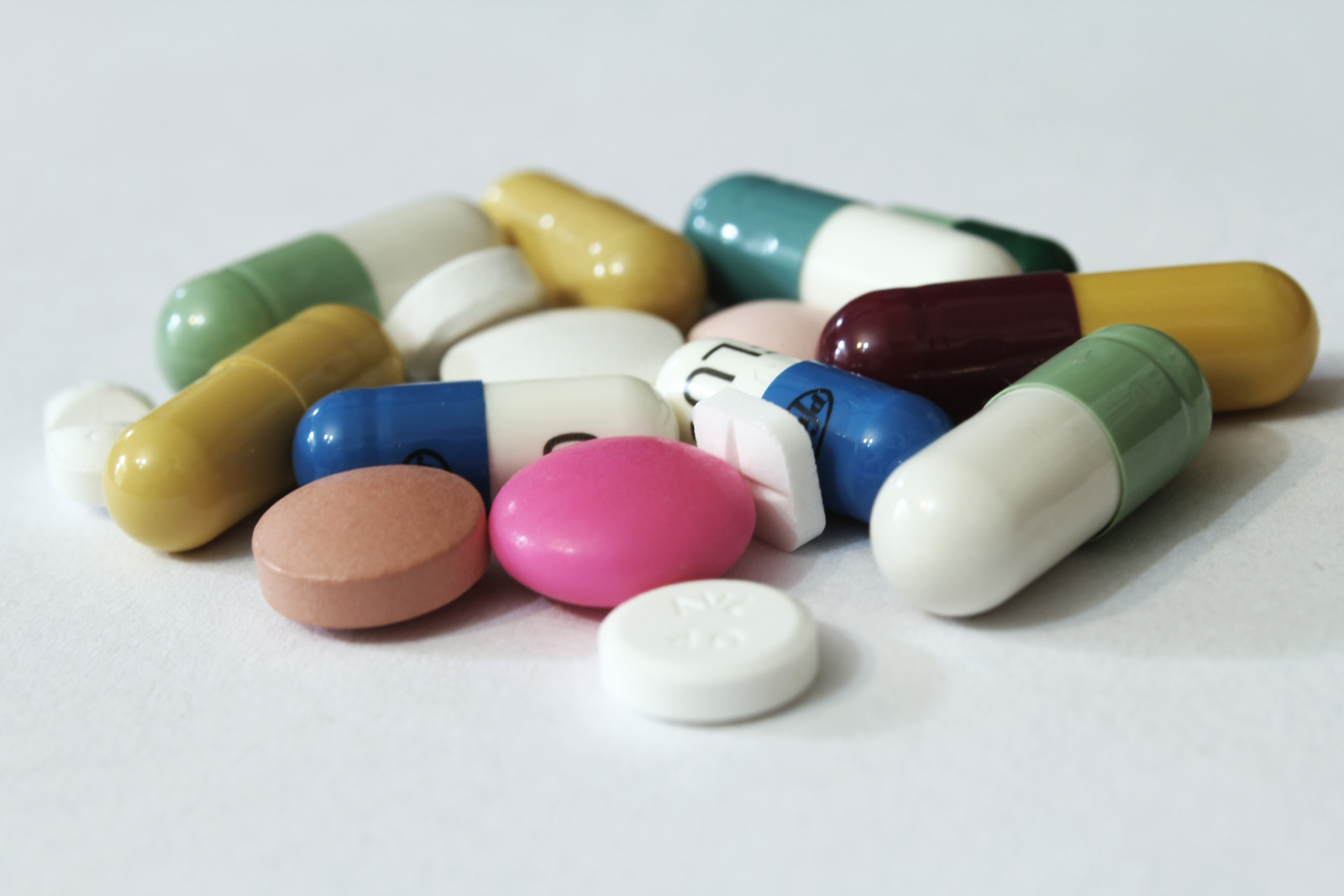New antibiotic breakthrough
Interview with
The world is facing a medical crisis where bacteria are growing more and more  resistant to antibiotics, while no new ones are being discovered. This could mean that we are eventually in a position where we can no longer treat once easily curable diseases.
resistant to antibiotics, while no new ones are being discovered. This could mean that we are eventually in a position where we can no longer treat once easily curable diseases.
This week, however, a new set of antibiotics have been announced by researchers in Northeastern University, which might revolutionise the field. Lead researcher Kim Lewis outlined the history of the problem to Chris...
Kim - The problem began about 40 or 50 years ago when it turned out that soil microorganisms that we could culture in our laboratories, to isolate antibiotics from, are very limited resource. They make about 1% of the total diversity of the microorganisms and the bulk of them are unculture'able: they will not grow in our lab. and so, in the absence of discovery and introduction of new antibiotics, our pathogens developed resistance and this resistance is now spreading faster than we can introduce new compounds.
Chris - Can we not just do some very clever chemistry and come up with new chemicals, try those and turn those into antibiotics?
Kim - Clever chemistry so far has largely not worked. The reason for that is that bacteria are very well protected. They don't want foreign molecules to penetrate into their cells. Antibiotics evolved over millions of years to reach the penetration barrier. We have not yet figured out how to do that with synthetic compounds.
Chris - Therefore, your approach is to say, "Well, given that we've only got antibiotics from the small minority of soil bacteria that will grow in our laboratory, what about the vast majority that won't? What kinds of chemicals could they be harbouring? Can we exploit them?"
Kim - Exactly.
Chris - So, if they won't grow in your laboratory, how can you do that?
Kim - Well, then you do the exact opposite. We came up with a gadget that allows us to grow them in their national environment. And that's how we get access to uncultured bacteria.
Chris - Why won't these bugs grow in your laboratory normally? What stops them?
Kim - I do not have a complete answer to that question, but one thing that we did find is that at least some of uncultured bacteria depend on growth factors that come from their neighbours. You do not know where those growth factors are they're not going to start growing.
Chris - In other words, you need to recreate the environment that they would be in in the soil, more faithfully than a petri dish is capable of doing and that's why they won't grow at moment.
Kim - At least for quite a large number of cases, yes.
Chris - So, what does your gadget do to surmount that problem?
Kim - It's very simple. We take a sample of soil, dilute, mix with agar and then...
Chris - This is the stuff that cultured dishes contain - the growth medium?
Kim - Right. Instead of pouring it in a petri dish as you would normally do, we sandwich between two semi-permeable membranes that have pores, big enough for molecules to pass through but not big enough for bacterial cells. In a cell contraption, we call it a diffusion chamber, it then goes back into the soil where the sample originated from. This essentially tricks bacteria. They don't know that something happened to them. Everything diffuses through the chamber and they get all the growth factors that they need. They start growing and form colonies. Once a colony forms, that colony will then start growing on a petri dish in the lab. so, it looks like the main bottleneck in accessing uncultured bacteria is to get that initial growth into a colony.
Chris - Having done that, did you find some new molecules, some new compounds?
Kim - Yes. So far, 25 new antimicrobials were discovered and the compound that we're discussing today - teixobactin is the latest and probably the most exciting. The bacteria that it targets are called gram positive bacteria.
Chris - What effect does the teixobactin have when it hits these gram positive bugs like Staph aureus of which MRSA, the hospital superbug is a member, isn't it?
Kim - Yes.
Chris - What does it do to those bugs?
Kim - It targets a polymer that is needed to build the cell wall of bacteria. If you add this antibiotic, you see that the culture very rapidly lysis. It just clears.
Chris - How did you test it then?
Kim - We tested it in mice that are infected with Staph aureus, with a multidrug-resistant strain that is hard to kill. This compound, injected into a mouse cured it of a blood infection, of thigh infection, or of a lung infection with another pathogen that causes Streptococcus pneumonia.
Chris - Were the mice still healthy afterwards?
Kim - Yes.
Chris - So, it looks quite promising.
Kim - It looks quite promising and mice are not a bad predictor of how compounds will behave in humans.









Comments
Add a comment